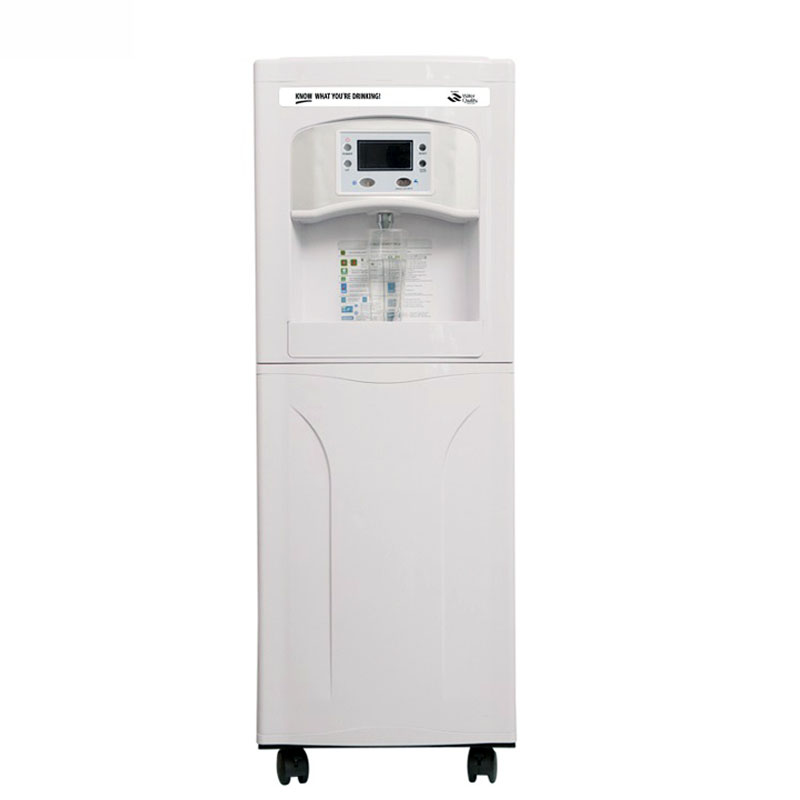The current climate in the southwestern United States is clearly one of the concerns about the reduction in water supply. A new study shows that California has only one year left. Although the legislature has recently opposed the resident population, concerns that the commercial sector will not reduce water consumption have caused the state to almost panic. However, atmospheric water generators may save the future of the southwestern United States. The atmospheric water generator is a device that extracts water from the surrounding air and then purifies the extracted water. At the grassroots level, it is a cross between the dehumidifier and the water filtration system.
One form of wet dry atmospheric water generator involves the use of salt in concentrated brine that absorbs ambient humidity. The system then extracts water from the solution, and the purified drinking water can be used. The U.S. Army and U.S. Navy and FEMA have signed a large-scale version of this theory. These large wet dry atmospheric water generators can produce 1,200 US gallons (4,500 liters) of water per day, using 5:1 gallons of water per gallon of fuel. More environmentally friendly technologies have been developed, such as flowing brine out of the tower, where it absorbs moisture from the air. The brine then falls into a chamber where it is partially vacuumed and heated. Water vapor is collected and condensed by gravity, while brine is recycled through the system.
However, the most common form is the cooling condensation method. Among them, the compressor circulates the refrigerant through the condenser and then through the evaporator coil. This cools the surrounding air, lowering the air temperature to the dew point, causing water to condense. The speed-controlled fan pushes the filtered air through the coil. The produced water then enters a water storage tank that purifies and filters the water. Sometimes it will also be exposed to ultraviolet radiation at this stage to kill bacteria and viruses. These models are generally not suitable for weather below 60% F or weather with humidity below 30%. However, this is only a rule of thumb. In environments where outdoor temperatures are not suitable for cooling and condensation methods, greenhouses can greatly increase the chance of atmospheric water generation.
A simple design called Warka Water is an inexpensive and easy-to-assemble structure that can extract gallons of water from the surrounding air. Inspired by the science fiction/fantasy novel "Dune", Warka Water is a 30-foot tall vase-shaped tower woven from azalea stems to provide stability in strong winds. Inside it, a net made of nylon or polypropylene—similar to a Chinese lantern—is hung in it to collect dewdrops. As the cold air condenses as the temperature changes from night to dawn (it can vary up to 50 degrees Fahrenheit in areas such as Ethiopia, and 25-30 degrees Fahrenheit in areas such as the Southwestern United States), the water droplets roll down to the bottom of a tower The container is connected to a simple faucet. Using this kind of mesh material to collect dew is not a new idea. A student at MIT devised a way to use this device to collect water from fog, but there has never been a cheap device like Warka Water that produces so much water, about 25 gallons per day. The equipment can be built in just one week, and the use of sustainable materials is simple. Once trained, these villagers can train other villages on how to build Warka. The cost of the equipment is approximately US$500.

 online service
online service sale@accairwater.com
sale@accairwater.com +86 18559227773
+86 18559227773